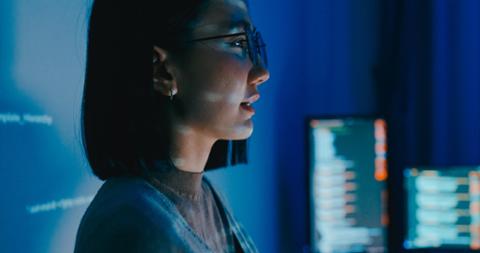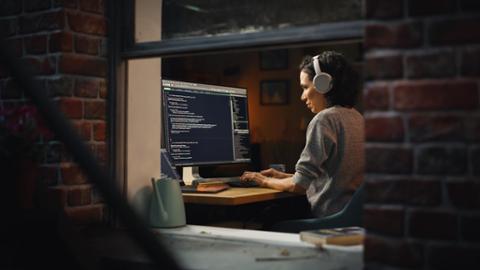Cyber Pros: AI and Other Advanced Skills Will Matter More in 2026
Once a source of steady employment and career opportunities, the cybersecurity market has been in a state of flux over the last 12 months. On the po…
Graduates Fear Lack of AI Skills Hurts Earning Potentia…
The pace of technological change is dismantling the idea that a degree or job title guarantees long-term relevance. Formal education alone can’t keep up with th…
How Good Are Your In-Between Skills?
Back in my first job, the only skill I needed was to be able to write programs for desktop computers in BASIC. There were no databases, no internet, no debugger…
Dark Web, Underground Hiring Blurs Lines Between Legit…
Underground and illegal organizations operate on the dark web much like their legitimate, above-ground enterprise counterparts do. This also means these illegit…
Udacity Tackles AI Skills Gap With Master’s Program
Recently Udacity, a division of Accenture, announced a deal to offer a Master of Science in Artificial Intelligence that it says could…
Turn the AI Revolution Into Your Career Evolution
AI continues to shape the technology landscape and our day-to-day lives. Many continue to use interactive bots like ChatGPT or Google…
Sponsored
Command a Better Tech Salary with Strategic Skill Stacking
What is the difference between a DevOps Engineer and a Cloud Security DevOps Engineer? About $45,000 a year. Adding security expertise…
Sponsored
Demand for AI Expertise Grows as IT Job Postings Fall
Demand for AI skills is reshaping the tech hiring market, even as overall recruiting remains muted. New labor data shows employers are…





